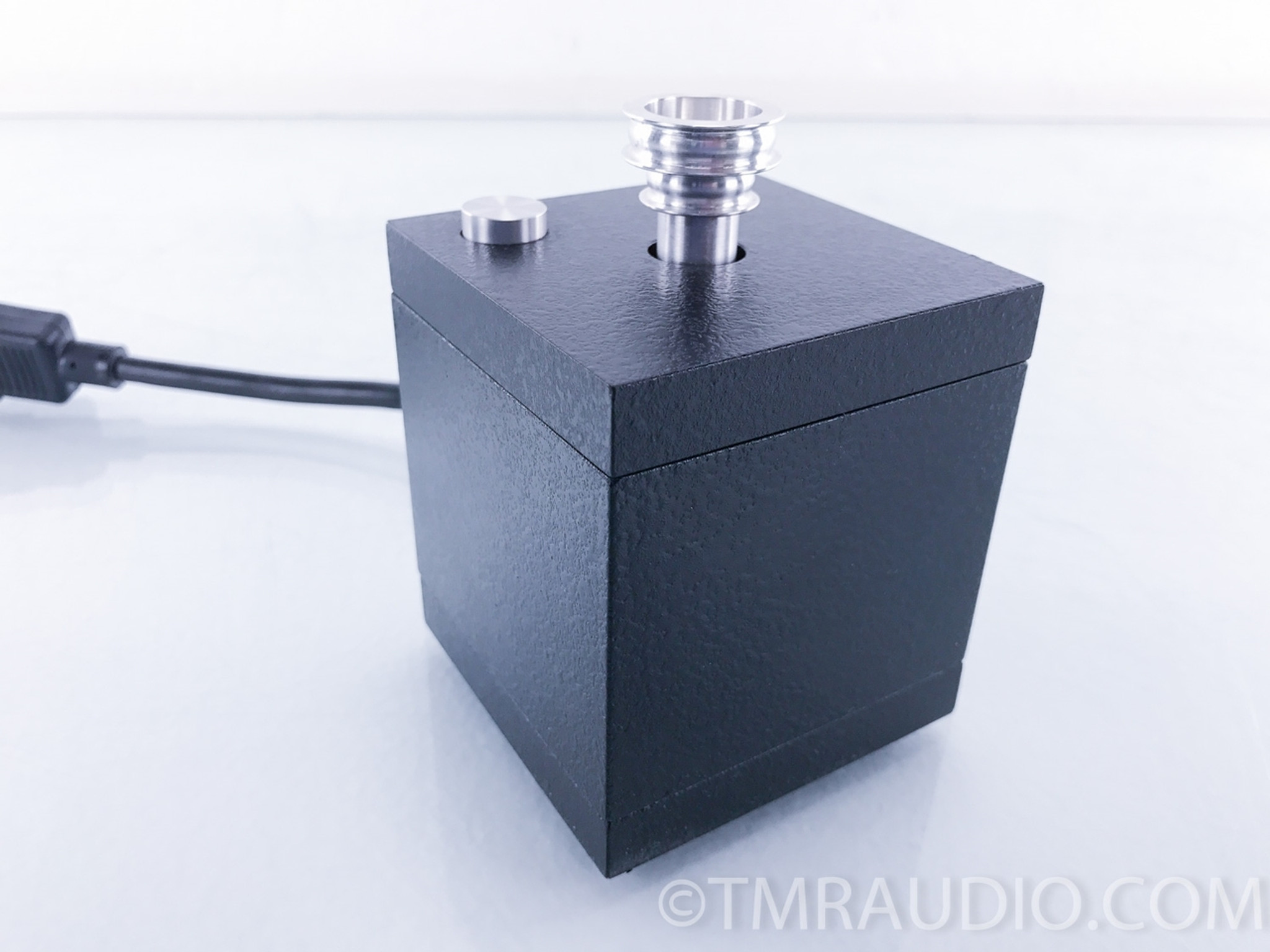

Both can be dismantled and re-assembled by anyone. The new ceramic yaw bearings feature a much longer brass/aluminium/carbon-fibre-damped shaft set in a split, adjustable carrierĪnd the pitch bearings are carried on a split, adjustable aluminium yoke. This wasn't really ready to show yet, but here's some rather crummy preview pics: This is only a prototype, but it's working out really nicely. Hi, since putting those pages together, I've been working on a design where the bearijng housings would be adjustable, allowing really high quality, close tolerance ceramic bearings to be used. The RS ones are ABEC5 which is a bit tighet for this application, so running them in well before installing them is well worth the effort. do resist the temptation to try high-precision bearings in standard Rega mounts as the location isn't accurate enough for them and the results will be far worse than ABEC3 bearings. Replacement bearings are about £4 each from RS components and all 4 are the same. I now make every component from scratch keeping only the arm tube, 'cos proper bearing location is easier that way! I really wouldn't want to tackle setting up new bearings using the standard Rega location method. Alignment and loading of the bearings is *very* critical, as I've found to my cost and there's not really a chance to adjust them afterwards. The yaw bearings in the brass body can usually be left in place whilst their shaft is taken out, but replacement is so easy you might as well change them. Unless you can devise and make a rather precise little puller to act only on the outer race, you have to drift the bearings out, which seriously trashes them. They are in very tight and the brass is very soft, so you damage the screw slot badly. I've done six RB250s and never been able to get those stubs out without damaging them. Nothing hard about taking them apart, just putting them back together as you will definitely ruin the bearings and damage the brass stubs. "What is so difficult about taking them apart?" Bearing alignment and loading are really critical to performance. PS, Although the RB300 just unscrews, the bearings were originally set up using a jig and there's no really accurate location for the two bits of Yoke (like dowell pins) so the chances are that you may not be able to replace them as accurately as originally. If you're using the Incognito loom, you'll only have to do the cartridge tags as all the rest of the work is already done, so it's a fairly easy job. Once the Cat5 is through, you can either solder the wires to it and pull them through from the base, or use the Cat5 to pull some thread through and use that to pull the wires. With the stub out, you can start at either end, but the base is easiest. If you have to start with a bare arm, then the best method I've found is to strip a single core of Cat5 wire which is about the right stiffness to thread through. Tie some fine thread to the old wire and pull it through, then you have the thread ready to pull your wire through with. The very easiest way is to prepare for the re-wiring *before* you remove the old wire. Hi, that second link is mine, and I really do recommend not taking an RB250 apart!


 0 kommentar(er)
0 kommentar(er)
